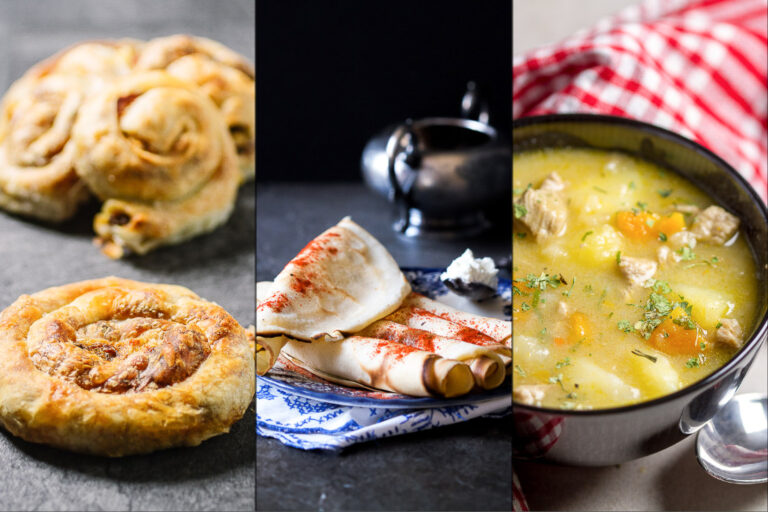Introduction: Exploring Bosnian Cuisine
Bosnia and Herzegovina is a country located in Southeast Europe, known for its rich history and cultural diversity. The country’s cuisine is an amalgamation of Ottoman, Austro-Hungarian, and Yugoslavian influences, making it unique in its own right. Traditional Bosnian dishes are hearty and filling, often made with meat and vegetables, and served with bread. In this article, we will explore the role of bread in Bosnian culture and the traditional varieties of bread that are widely consumed in the country.
Bread as a Staple Food in Bosnian Culture
Bread is an essential part of Bosnian cuisine and is considered a staple food. It is customary to serve bread with every meal, and it is often used as a utensil to scoop food. Bosnians take their bread seriously and have a wide variety of traditional bread to choose from. Bread is also an integral part of Bosnian hospitality, and it is customary to offer bread and salt to guests as a sign of welcome and respect.
Traditional Bread Varieties in Bosnian Cuisine
Bosnian cuisine has a diverse range of traditional bread, each with its own unique flavor and texture. Some of the popular bread varieties include pita, somun, čevar, and lepinja.
Pita: The Most Popular Traditional Bread
Pita is the most popular traditional bread in Bosnia and Herzegovina. It is a thin, flaky pastry made with phyllo dough, which is layered with a filling of meat, cheese, or spinach. Pita is usually baked in a circular shape and is cut into wedges before serving. It is often served with sour cream or yogurt and is a staple food for breakfast, lunch, or dinner.
Somun: Bosnian Flatbread with a Unique Flavor
Somun is a Bosnian flatbread with a unique flavor that is made with flour, yeast, and salt. It has a crispy crust and a soft interior, which makes it perfect for sandwiches or as a side dish with stew or soup. Somun is a popular bread in Bosnian cuisine, and it is often served in bakeries and restaurants.
Čevar: A Specialty Bread from Herzegovina
Čevar is a specialty bread from Herzegovina, a region in Bosnia and Herzegovina. It is made with flour, yeast, salt, and water and is shaped like a spiral. Čevar has a crunchy crust and a soft interior, making it perfect for dipping in olive oil or eating with cheese and cured meats.
Lepinja: A Soft and Fluffy Bread for Every Occasion
Lepinja is a soft and fluffy bread that is commonly eaten in Bosnia and Herzegovina. It is made with flour, yeast, salt, and water and is often served as a side dish with grilled meat or stew. Lepinja has a simple flavor and a soft texture, making it a versatile bread that can be eaten with almost any dish.
Conclusion: The Rich Bread Culture of Bosnia and Herzegovina
In conclusion, bread is an essential part of Bosnian cuisine and culture. The traditional bread varieties in Bosnia and Herzegovina are a testament to the country’s rich culinary heritage and diversity. From pita to somun, čevar to lepinja, each bread variety has its own unique flavor and texture, making them a favorite among Bosnians and visitors alike. Whether it’s served with stew, soup, or eaten on its own, bread remains a staple food in Bosnian cuisine and an integral part of the country’s cultural identity.

